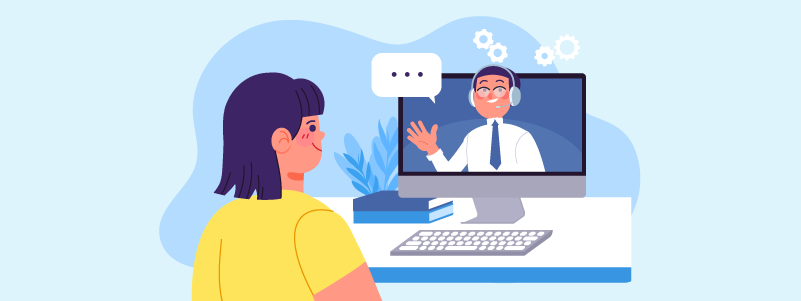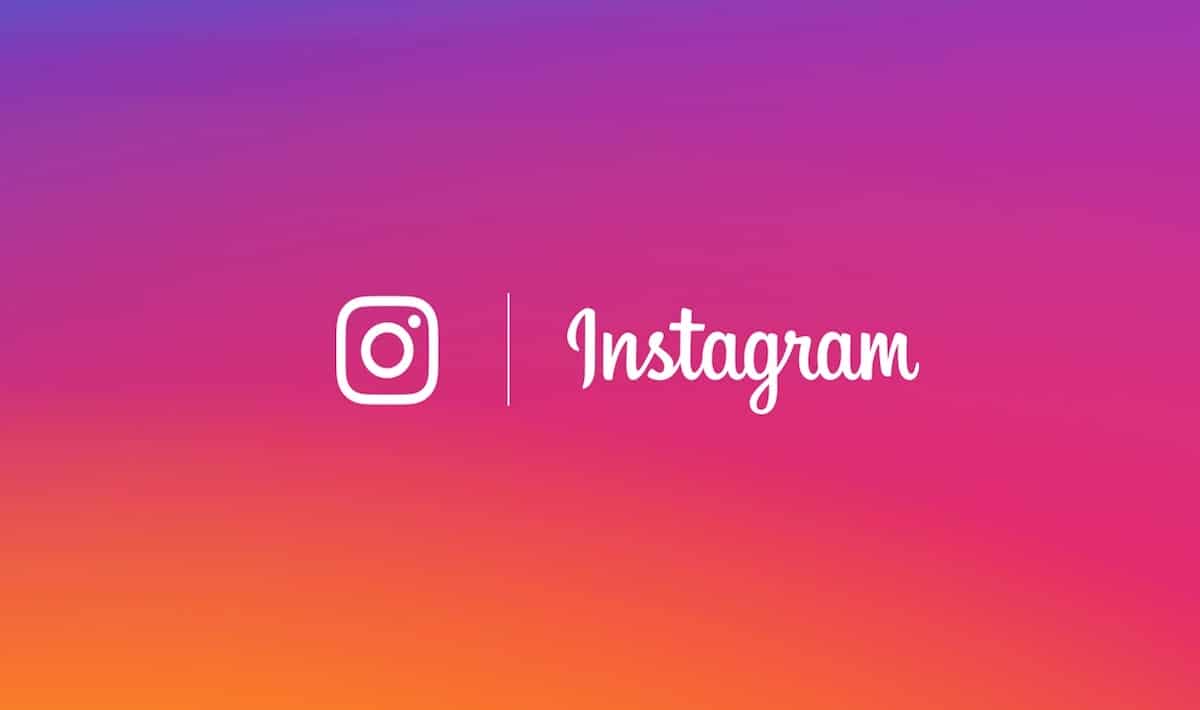Personalization is a powerful tool for improving the customer experience as it allows businesses to tailor their products, services, and interactions to meet the unique needs and preferences of individual customers.
Personalization in digital marketing offers several benefits that can significantly impact your marketing efforts and overall business success. Here are some key benefits of personalization:
1. Enhanced customer experience:
Personalization allows you to deliver tailored and relevant content, offers, and recommendations to individual customers. By understanding their preferences, needs, and behaviour, you can create a more engaging and meaningful experience. This can lead to increased customer satisfaction, loyalty, and repeat business.
2. Improved customer engagement and interaction:
Personalization helps you establish a deeper connection with your customers. By delivering content and offers that resonate with their interests and preferences, you can capture their attention, encourage active participation, and foster a sense of belonging. This increased engagement can lead to higher conversion rates and better overall marketing results.
3. Increased customer retention and loyalty:
Personalization allows you to create personalized experiences that make customers feel valued and understood. By consistently delivering relevant and meaningful interactions, you can build long-term relationships and customer loyalty. Satisfied and loyal customers are more likely to become brand advocates, refer others, and make repeat purchases.
4. Higher conversion rates:
Personalized marketing messages and offers have a higher likelihood of resonating with customers. By tailoring your content, recommendations, and calls to action to individual preferences and needs, you can increase the chances of conversions. Personalization helps reduce information overload and improves the relevance and effectiveness of your marketing efforts.
5. Improved marketing ROI:
Personalization enables you to target your marketing efforts more effectively. By delivering the right message to the right audience at the right time, you can optimize your marketing spend and resources. Personalization helps eliminate wasted impressions, improve campaign performance, and increase the return on investment (ROI) of your marketing initiatives.
Here are some strategies and techniques to effectively use personalization:
1. Collect and analyze customer data:
Start by gathering relevant data about your customers, such as their demographics, purchase history, browsing behavior, and preferences. This can be done through various channels like website analytics, customer surveys, social media insights, and CRM systems. Analyze this data to gain valuable insights into customer behaviour and preferences.
2. Segment your customer base:
Divide your customer base into meaningful segments based on characteristics like age, location, buying behaviour, or interests. This segmentation allows you to target specific groups with personalized messages and offerings that are more relevant to their needs.
3. Personalized communication:
Use the data you have collected to communicate with your customers on a more personal level. Address them by their names in emails or messages, and tailor your communication based on their past interactions and preferences. Send personalized recommendations, relevant product updates, or exclusive offers based on their interests and purchase history.
4. Customized product recommendations:
Leverage data and algorithms to provide personalized product recommendations. Consider factors such as previous purchases, browsing history, and similar customer behaviour to suggest products or services that align with their interests. This can be implemented on your website, email campaigns, or even through personalized notifications.
5. Adaptive website experience:
Create a dynamic website experience by personalizing content based on individual customer preferences. This can involve showing targeted product recommendations, displaying relevant content or promotions based on browsing behaviour, or using geo-targeting to provide location-specific information.
6. Tailored customer support:
Provide personalized customer support experiences by training your support staff to understand each customer’s unique needs and preferences. Use customer data to anticipate their potential issues or questions, allowing you to provide proactive support.
7. Loyalty and rewards programs:
Implement personalized loyalty programs that offer rewards and incentives based on individual customer behavior. Tailor the rewards to align with their interests and past purchases, which can increase engagement and foster a sense of loyalty.
8. Feedback and surveys:
Regularly seek customer feedback through surveys and feedback forms. Analyze the responses to gain insights into customer preferences, pain points, and areas where personalization can be improved. Act on this feedback to continually refine and enhance your personalized customer experience.
9. Test and optimize:
Implement A/B testing and experimentation to refine your personalization efforts. Test different messaging, offers, or personalization strategies to see what resonates best with your customers. Continuously monitor and analyze the results to make data-driven decisions and optimize your personalization efforts over time.
Remember, transparency and consent are crucial when using customer data for personalization. Ensure you comply with privacy regulations and obtain explicit consent from customers to use their data for personalization purposes. Building trust and delivering value is key to creating a positive and impactful personalized customer experience.
If you want to learn more follow CrazyWebDev Technologies!
Reference Image – https://www.revechat.com/blog/personalized-customer-service/


